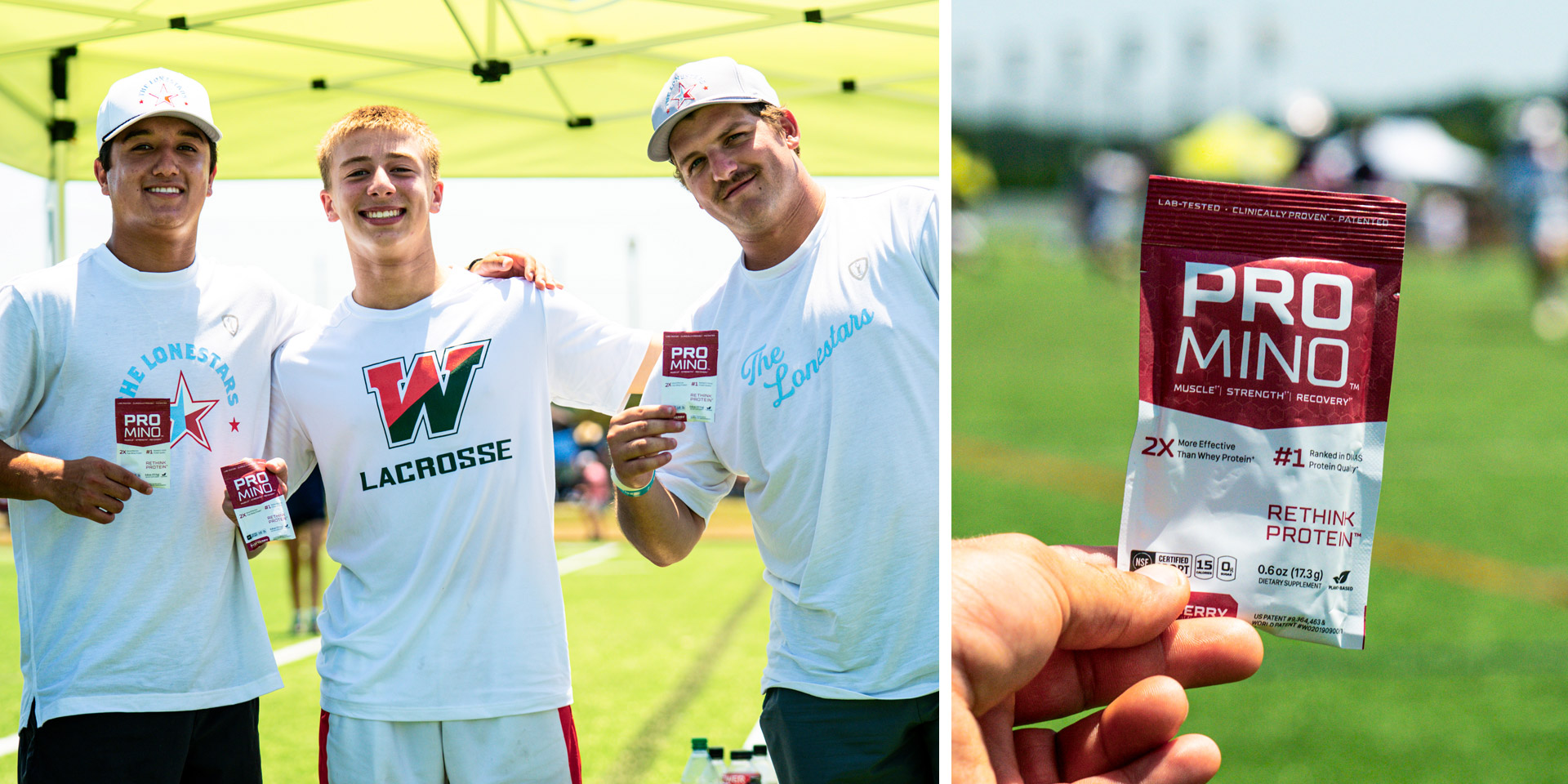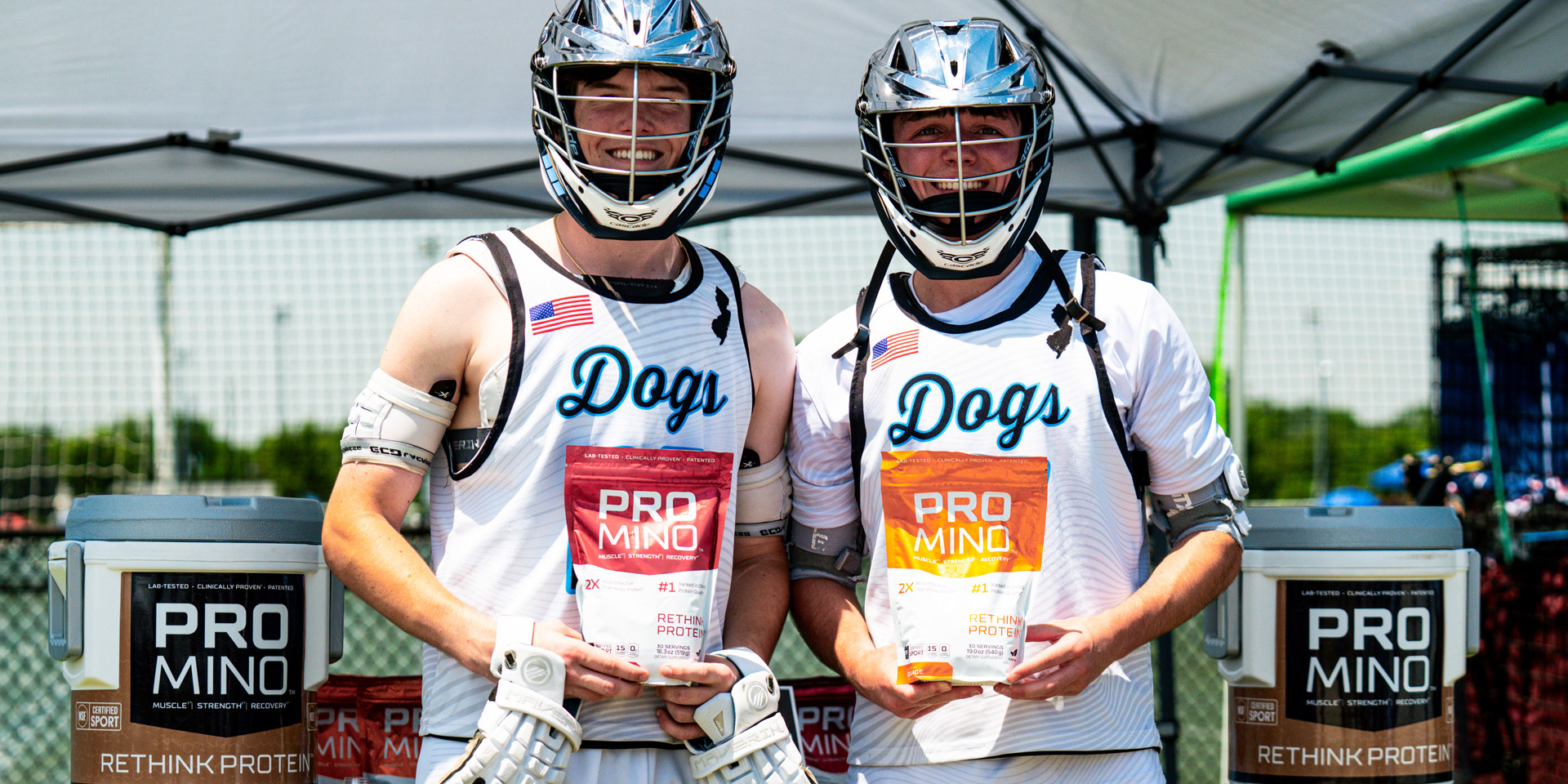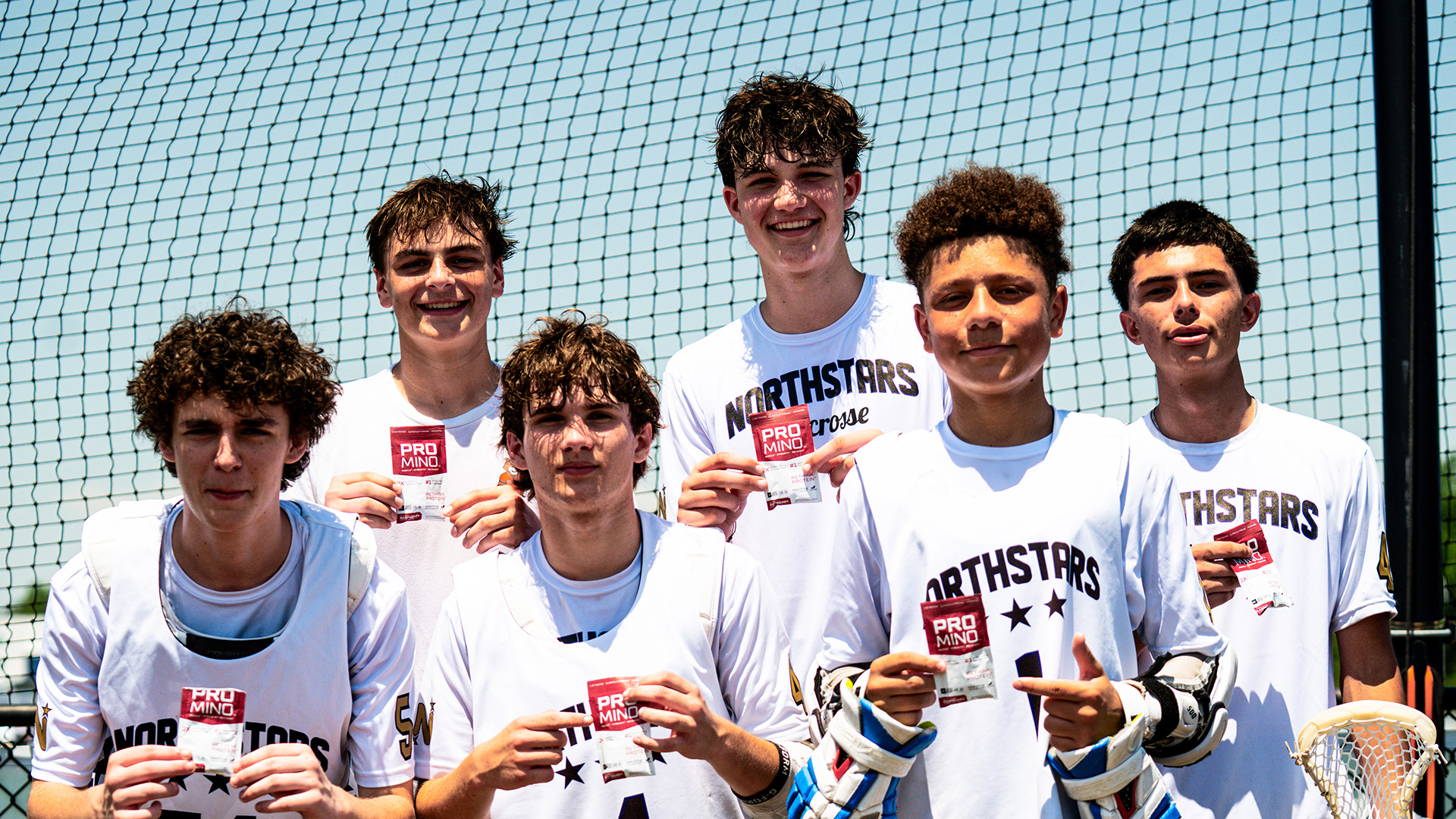Most brand marketers think of sports sponsorship as something that happens in pro stadiums. It’s the signage behind home plate, a logo on a jersey, or a media buy during a national broadcast. These partnerships are high-profile, high-cost, and often slow to see a return. What they often overlook is a much larger, more accessible market hiding in plain sight: youth sports.
Every weekend, in towns and cities across the country, thousands of local tournaments take place. They bring together athletes, families, and communities in a concentrated, lively setting. This environment creates opportunities for marketers to connect in real-time, at scale, with audiences that are actively engaged and locally rooted. Rather than focusing on a handful of major media events, brands can instead explore what happens when they show up consistently and meaningfully at sports events.
The Scope and Scale of Youth Sports
The scale of youth sports in the United States is substantial. More than 50 million Americans are involved annually, including athletes, coaches, and volunteers. Events happen across every region, spanning basketball gyms, soccer fields, and multi-sport complexes. Importantly, these gatherings draw more than just players. Parents, siblings, grandparents, and peers come to watch and participate in a weekend-long experience — often multiple times throughout a season.
Participation in youth sports has been growing. In 2023 alone, team sport involvement rose by 11 percent, marking the highest levels of engagement since 2014. According to recent survey data, approximately 63 percent of parents with children under 18 say their child plays organized sports. This means that, at any given weekend tournament, entire households are present, not just passively, but with sustained attention and interest. It’s a consistent and repeated interaction point between families and the environment around them, including brands that show up thoughtfully and respectfully.
What Brand Activation Looks Like in Practice

Unlike traditional advertising, which often relies on passive impressions, brand activation at youth sports events centers on short, in-person experiences. These moments typically take place in high-traffic areas such as entrances, registration tables, or concession zones. The structure is simple: a product sample, a brief interaction, and a chance to leave a positive impression. When repeated across dozens or hundreds of events, these interactions begin to compound into something more meaningful.
A typical event might host 300 teams, each with around 15 players. When you factor in the presence of parents and spectators, often 1-2 or more adults per athlete, total attendance can easily exceed 7,000 people. These attendees pass through centralized locations multiple times throughout the day, allowing for repeat exposure to a brand's presence. In some cases, follow-up digital elements like redeemable offers or branded event photos are used to extend the experience beyond the venue. This approach isn’t flashy, but it’s high-volume and grounded in personal, local engagement.
Speed and Volume in Action
The cumulative effect of activating at scale becomes apparent when considering broader rollout scenarios. If a single event yields a few thousand engagements, participating in thousands of such events over the course of a quarter results in tens of millions of face-to-face interactions. These aren’t theoretical impressions or digital ad views. They are direct exchanges that can often be tied to measurable outcomes such as offer redemptions, signups, or trial behaviors.
What makes this model distinct is not only the number of engagements but the speed with which they occur. Rather than waiting for quarterly media metrics or brand lift studies, marketers can begin to assess effectiveness immediately through redemptions or follow-up surveys. Each weekend offers a fresh opportunity to test messaging, try new formats, and iterate based on regional differences. This makes youth sports a dynamic environment for learning as well as activating.
Parents, Athletes, and the Dual-Audience Advantage
One of the unique strengths of youth sports activations is the ability to engage both decision-makers and influencers at the same time. Parents, often present for the full duration of games and tournaments, are in a headspace that’s more receptive than in many retail or media environments. They’re there to support their kids, which means they’re tuned into what surrounds them and willing to pay attention to something that feels additive to the experience.
At the same time, young athletes themselves hold sway. Whether it's a branded drink they’re seen holding in a team photo or a product sample they take home and talk about at school, their behavior has ripple effects. As peer influencers in their communities, youth athletes can drive interest and adoption in ways that advertising alone often struggles to achieve. These twin audiences are the parents who buy and the kids who influence, both being reachable in a single setting, multiple times per season.
Measuring Engagement and ROI Thoughtfully
While brand building is often viewed as a long-term effort, activations in youth sports make it possible to also tie in short-term metrics. For instance, at a standard event with 7,000 attendees, if 3 percent of those individuals redeem a follow-up coupon or digital offer, that yields around 210 conversions. If each transaction is valued at around $7.65, reflecting a modest discount or promotion, the resulting revenue per event is just over $1,600.
Depending on distribution channels, profit margins can vary. A 40 percent retail margin translates to approximately $640 in gross profit per event. Online channels may yield up to 65 percent, increasing per-event profit to more than $1,000. When scaled across a campaign of 5,000 events, these figures represent millions in revenue and profit, even before accounting for secondary effects like increased brand awareness, repeat purchases, or referral behavior. In addition, first-party data gathered from QR scans, survey completions, and redemptions helps marketers refine future activations based on real-world feedback.
The Takeaway for Growth-Focused Marketers

What sets youth sports apart as a brand activation channel is not just its scale or audience, but its flexibility. Campaigns can be launched quickly, tailored by region, paused, or scaled depending on performance. There’s no need to commit to year-long contracts or hope that a national broadcast hits the right note. Instead, marketers can make decisions grounded in real-time data, on-the-ground observations, and consistent feedback.
Moreover, the setting itself encourages meaningful engagement. These are events that families choose to attend, not just as spectators but as participants in their community. This makes the brand interaction feel less like an interruption and more like part of the environment. It’s marketing that happens within the flow of the experience, not on top of it.
For marketers looking to balance long-term brand development with short-term performance, youth sports offer an uncommon opportunity: a repeatable, scalable, and highly observable marketing channel that reaches people where they already are — and where they’re most attentive.
Fastbreak Connect Makes It Easy
Fastbreak Connect was built for brands that want to reach real people in the real world — fast. Our team handles everything, from logistics to on-site activation and post-event data capture.
You can launch in a single region or activate nationally in 30 to 90 days.
Schedule a chat here to see how we help brands drive trial, conversion, and loyalty through youth sports.





